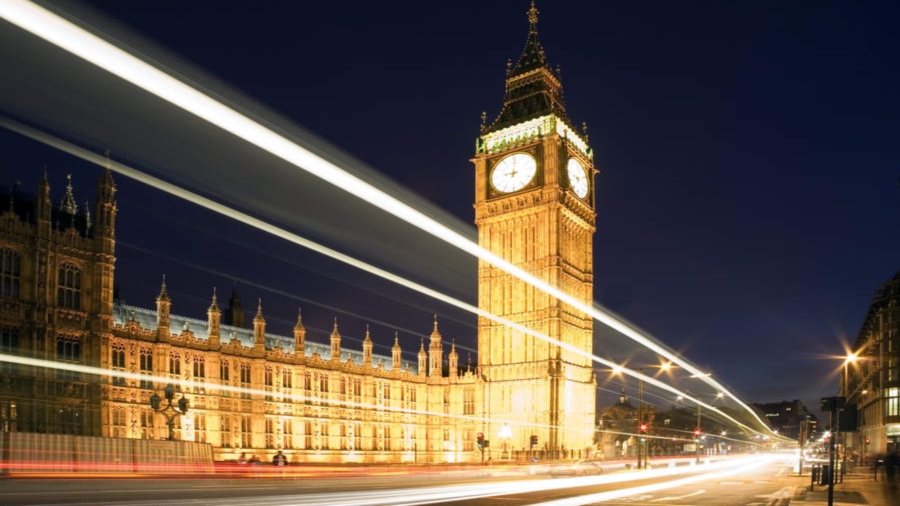Chancellor's vision for 'full fibre' Britain is a boon for mobile operators
Government promises favourable market conditions as it targets 15m FTTP properties by 2025

The Chancellor of the Exchequer Philip Hammond wants ‘full fibre’ connections to be available to most homes and businesses by 2025, in a pledge that could aid the mobile sector’s plans to build high capacity 4G and 5G networks.
In a speech at the annual CBI dinner, Hammond once again made technology a pillar of his post-Brexit economic vision for the UK, reiterating support for startups and research into artificial intelligence (AI) and connected car technologies.
“My most important long-term challenge is to ensure that the UK continues to be at the forefront of that technological revolution, leading the world in innovation.,” he said.
Full fibre Britain
However he said investment in fibre to the premise (FTTP) technologies was as essential as the construction of canals, railways and motorways in previous centuries.
The vast majority of the UK’s superfast broadband infrastructure relies on fibre to the cabinet (FTTC), which uses copper for the final few hundred metres of the connection, slowing down the theoretical maximum speed. FTTC coverage is now at 95 per cent, whereas only one million properties have FTTP access.
“If we are to achieve our ambition of a truly high-speed economy, and keep up with our competitors, then we need a step change in our approach,” he continued. “So I am now setting a new target to see full-fibre to the premises connections being available to 15 million premises, that’s the majority of homes and businesses, by 2025.”
Hammond admitted this was an ambitious target, but noted that 70 per cent of all FTTP connections had been achieved in the past 18 months.
Are you a pro? Subscribe to our newsletter
Sign up to the TechRadar Pro newsletter to get all the top news, opinion, features and guidance your business needs to succeed!
Several companies, including Virgin Media, CityFibre, Gigaclear and Hyperoptic are building full fibre networks in part of the country. Even BT Openreach, which has faced criticism in the past for relying on FTTC, has plans to deliver ‘ultrafast’ broadband to more than 13 million properties by 2020.
However just three million of these will be FTTP and the remainder will be achieved using G.Fast, a technology which speeds up copper connections.
“We share the Chancellors’ full fibre vision for Britain,” said Openreach CEO Clive Selley. “This year we’ll double our FTTP footprint and by 2020, we will have built it to 3 million homes across the UK. We want to reach 10m premises by the mid-2020s, and believe we can ultimately fully-fibre the majority of the UK under the right conditions.”
Hammond said he would ensure the most favourable market conditions possible and even suggested there might be a day when the UK’s copper infrastructure could be deactivcated, with plans for a “full fibre” network by 2033.
Mobile operators have long called for more fibre, which can support micro network infrastructure such as small cells in urban areas, and provide backhaul for new and upgraded sites in rural areas.
At the SCWS World small cell event in London this week, several cities and businesses have noted how increased fibre availability will be essential for 5G networks given the propagation characteristics of mmWave spectrum that will be used to deliver high capacity.
- Check out the best broadband deals for May 2018
Steve McCaskill is TechRadar Pro's resident mobile industry expert, covering all aspects of the UK and global news, from operators to service providers and everything in between. He is a former editor of Silicon UK and journalist with over a decade's experience in the technology industry, writing about technology, in particular, telecoms, mobile and sports tech, sports, video games and media.